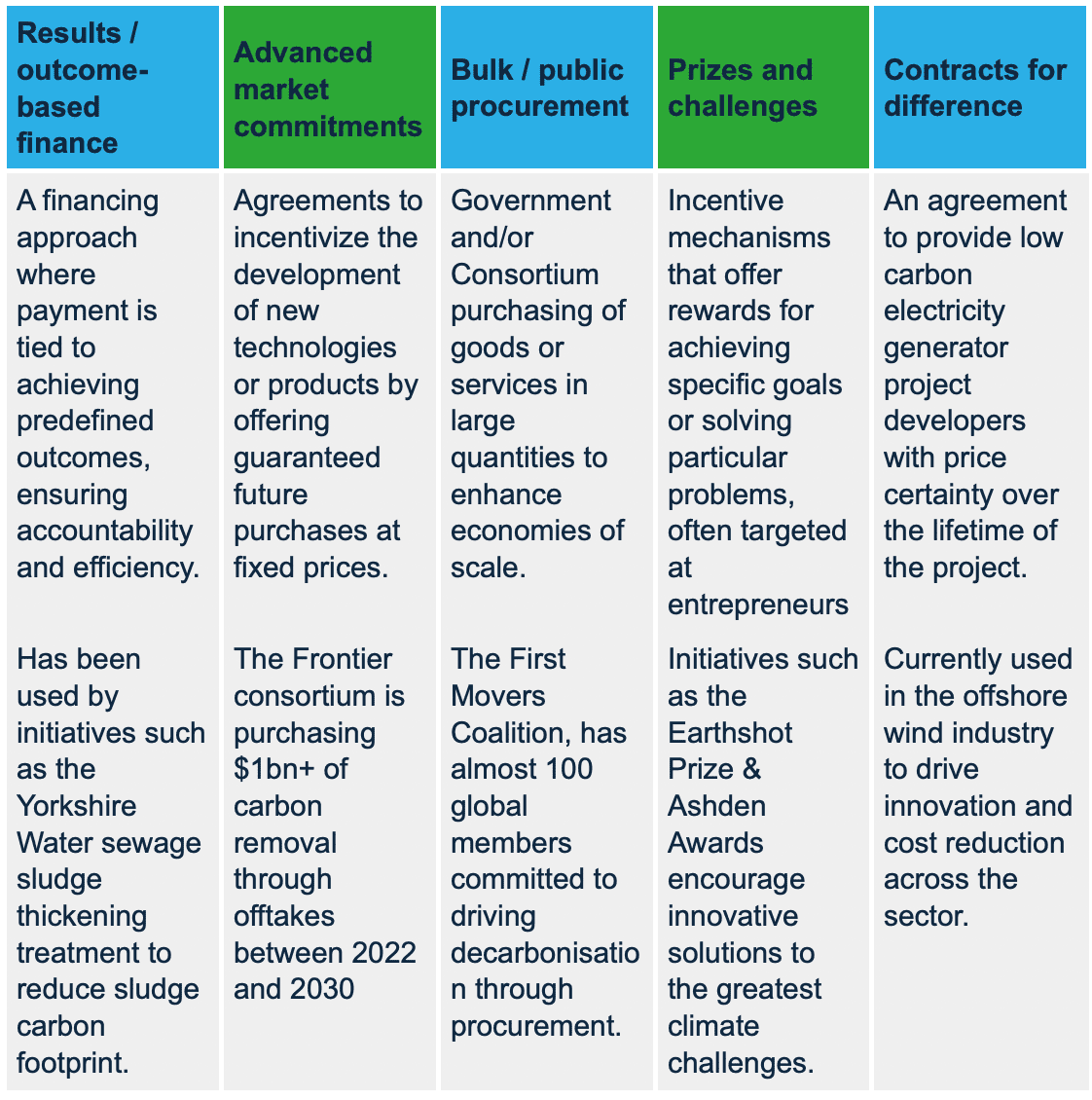What is demand led innovation?
Also known as “innovation pull”, demand led innovation (DLI) is when a customer tells an innovator what they need, when they need it by and (often) how much they are willing to pay for it, and then the innovator develops something which meets this need. DLI contrasts with other types of innovation support aimed at supporting development and supply of new technologies and services through, for example, grant support for research and development, also known as “innovation push”.
DLI differs from innovation push in two key ways – first, instead of an innovator inventing something and then bringing it to market to (try to) sell to customers, it is instead the customer who identifies a need for something unavailable or inaccessible in the market and then goes to the innovator to develop what is needed. Second, it is the customer who drives the innovation process from the initial “I want this and it does not exist yet” through to “You have developed what I wanted so now I will buy it from you”.
This second bit contrasts with some of the broader definitions of DLI (looking at you here, Google search and Gemini AI, Ecosia AI and ChatGPT), as other definitions overlap DLI with user-centric innovation which also starts from the user identifying what is missing, and then uses an iterative approach to develop something which meets this need, but where – crucially – this process is driven by the innovators rather than the users, with Tesla and Airbnb being commonly cited examples.
Link to international climate innovation
DLI most clearly contrasts with the more conventional supply push innovation approach which takes a “build it and they will come” approach to developing new products and services, supporting innovators to develop, test and scale up new soluions which improve on the status quo. This is effective where the market and the customer needs are well understood but becomes more complex when applied to climate transition where new innovations bring significant disruption to existing infrastructure, homes and markets.
Both DLI and user-centric innovation places the customer in control of defining what is needed and what will be accepted, creating a market in advance of a new product or service being ready. From an export viewpoint, this is particularly powerful for innovators as many of the barriers and risks they face, including understanding the local market context, are reduced or removed.
Why is DLI important for the climate transition?
All innovation processes and support mechanisms are critical to support a just transition to a net zero economy, but DLI offers new opportunities as it is currently still underutilised in the climate transition space.
The challenges posed by the climate crisis require transformative action across all sectors and countries at pace and scale. They also require user acceptance and adoption of new innovations at pace and scale, which means the design of innovations needs to be aligned with what users need or desire to overcome inertia and initial reluctance to change. There is emerging evidence[1] that DLI approaches are effective in delivering product innovation and entrepreneurship, suggesting that, in the right circumstances, it adds a new dimension to innovation in addition to what is supported through conventional supply-push innovation.
Overview of the different DLI mechanisms used for the climate transition
There are multiple types of DLI mechanisms used across sectors. Five of the most common mechanisms are illustrated below, including results/outcome-based finance, advanced market commitments, bulk public procurement, prizes and challenges and contracts for difference.

Why this set of primers?
I searched through the internet for a simple overview of what DLI might look like for climate transition as there are clear examples of how it has supported other industries evolve. I didn’t find what I was looking for, so I am writing my own set – opening up for peer review and challenge on my understanding of DLI mechanisms in the climate space. Over the coming months I’ll be publishing a series of articles on each of the five main types of DLI with relative pros and cons for use in the climate transition.
[1] Demand pull or supply push? Metro-level analysis of start-ups in the United States, Yasuyuki Motoyama & Emil Malizia, Regional Studies, Regional Science, 2017